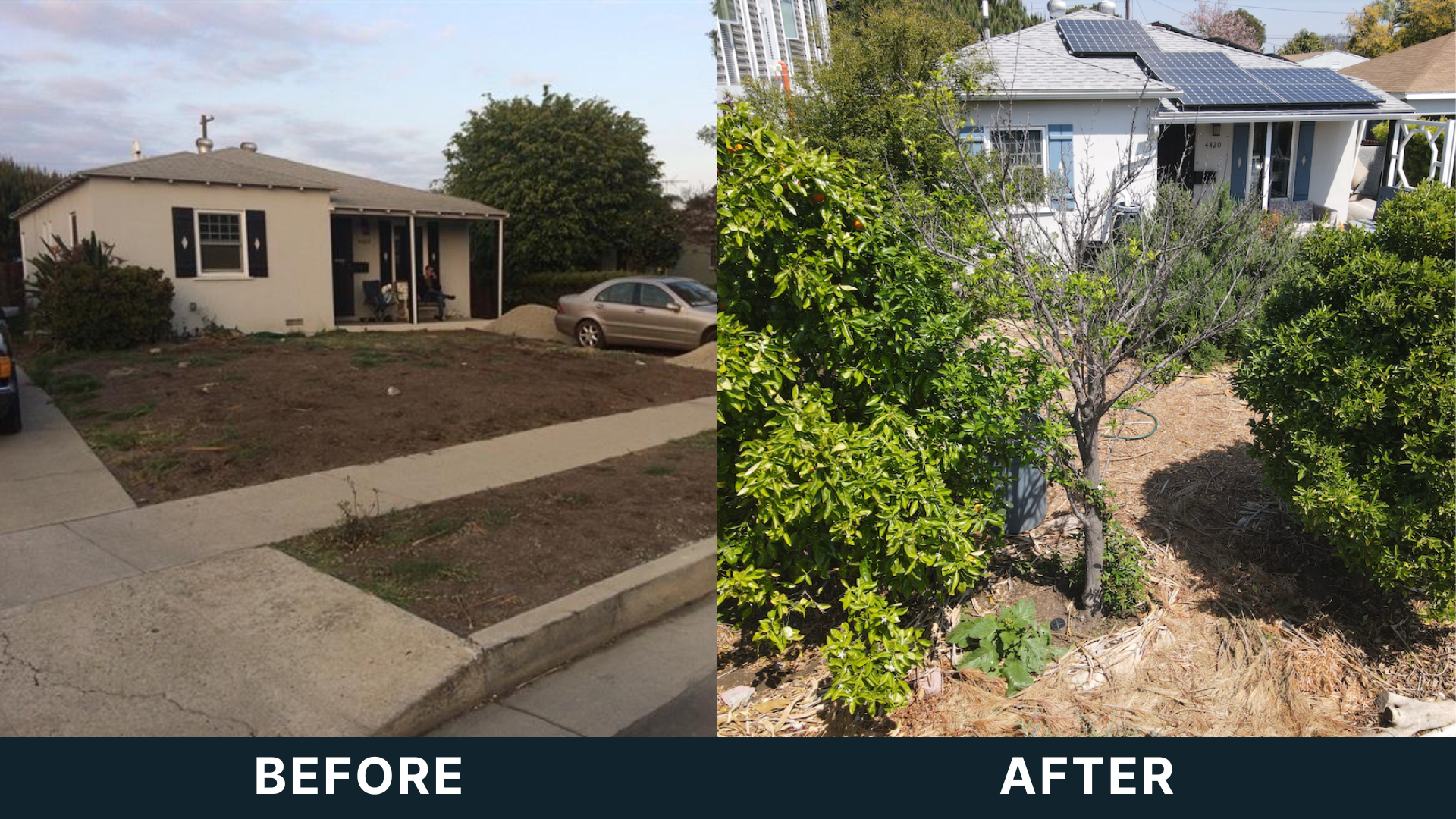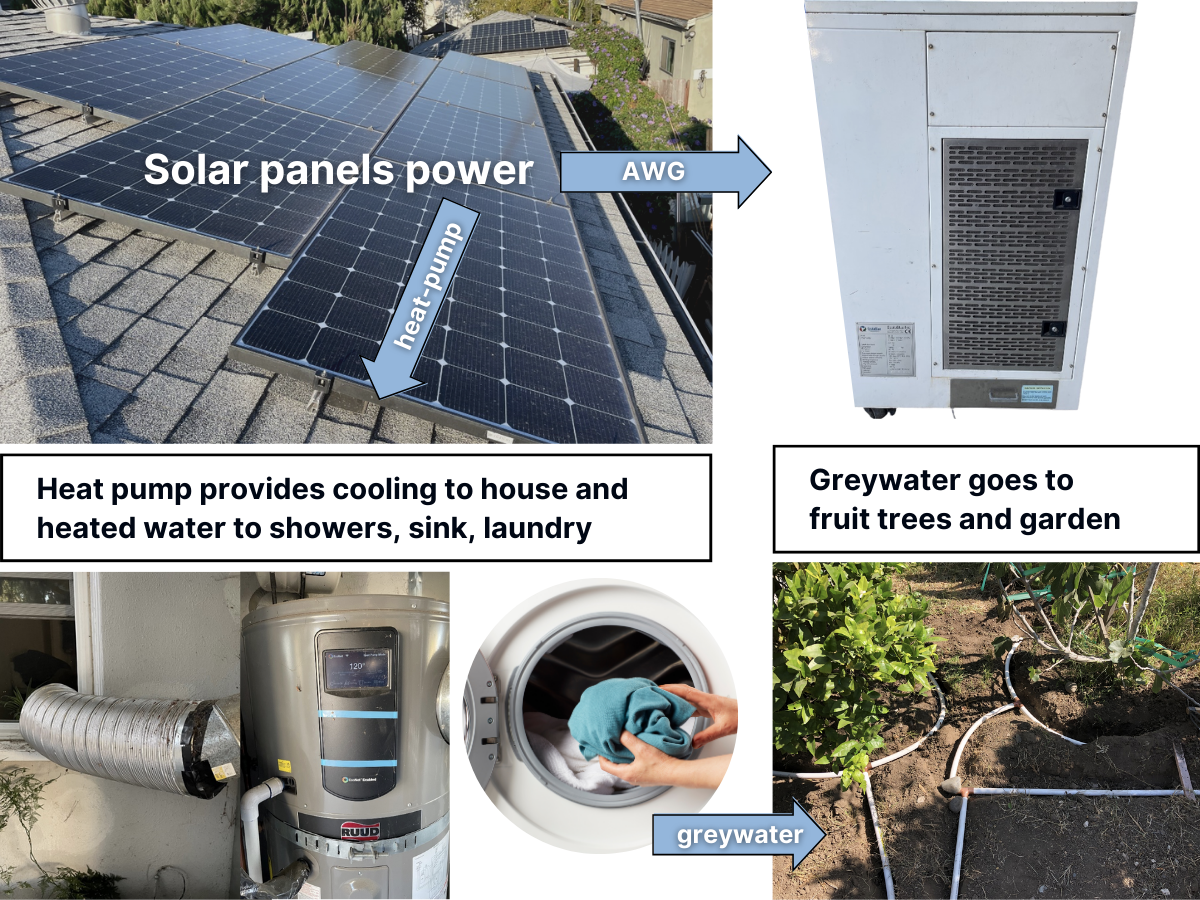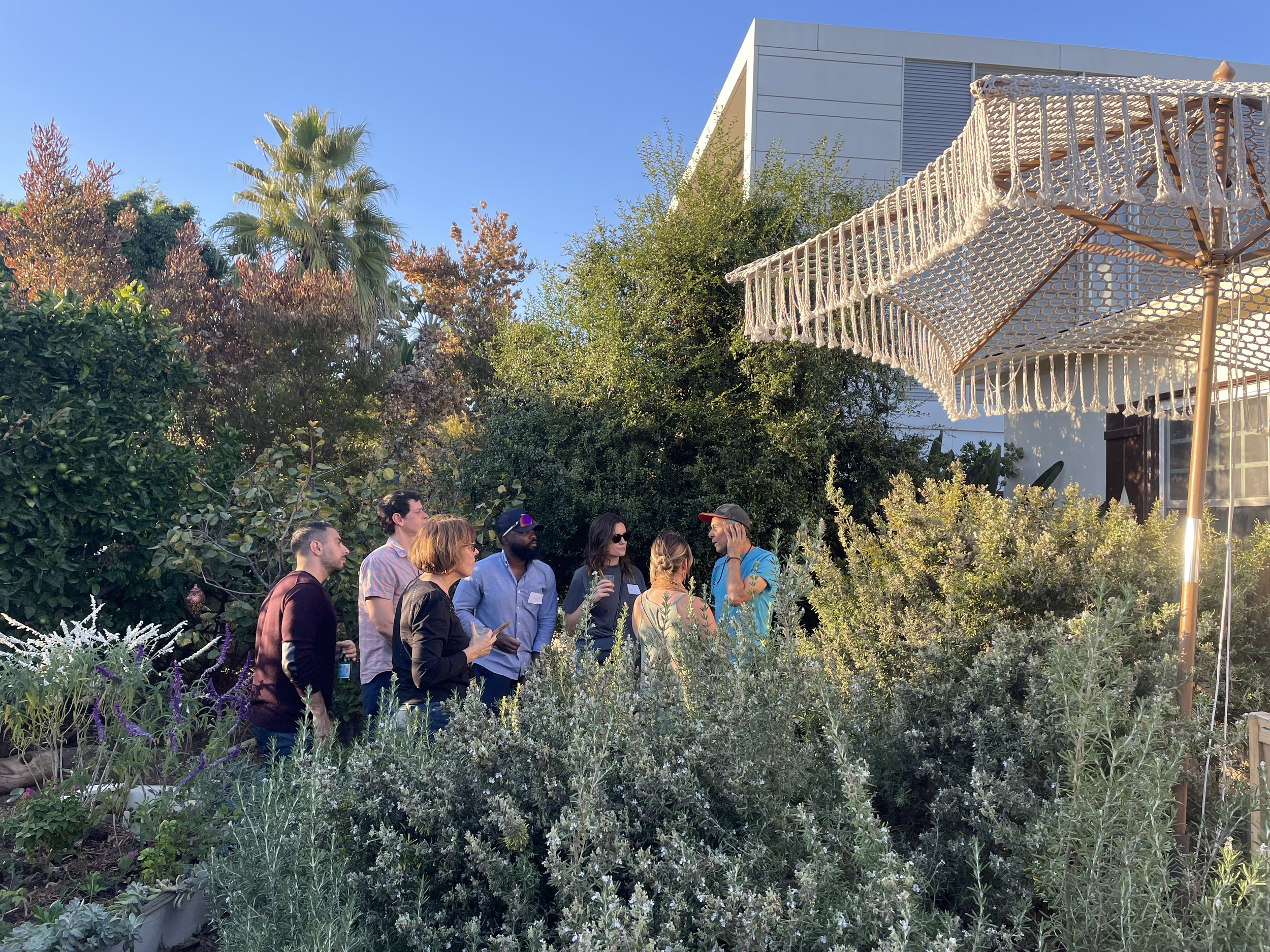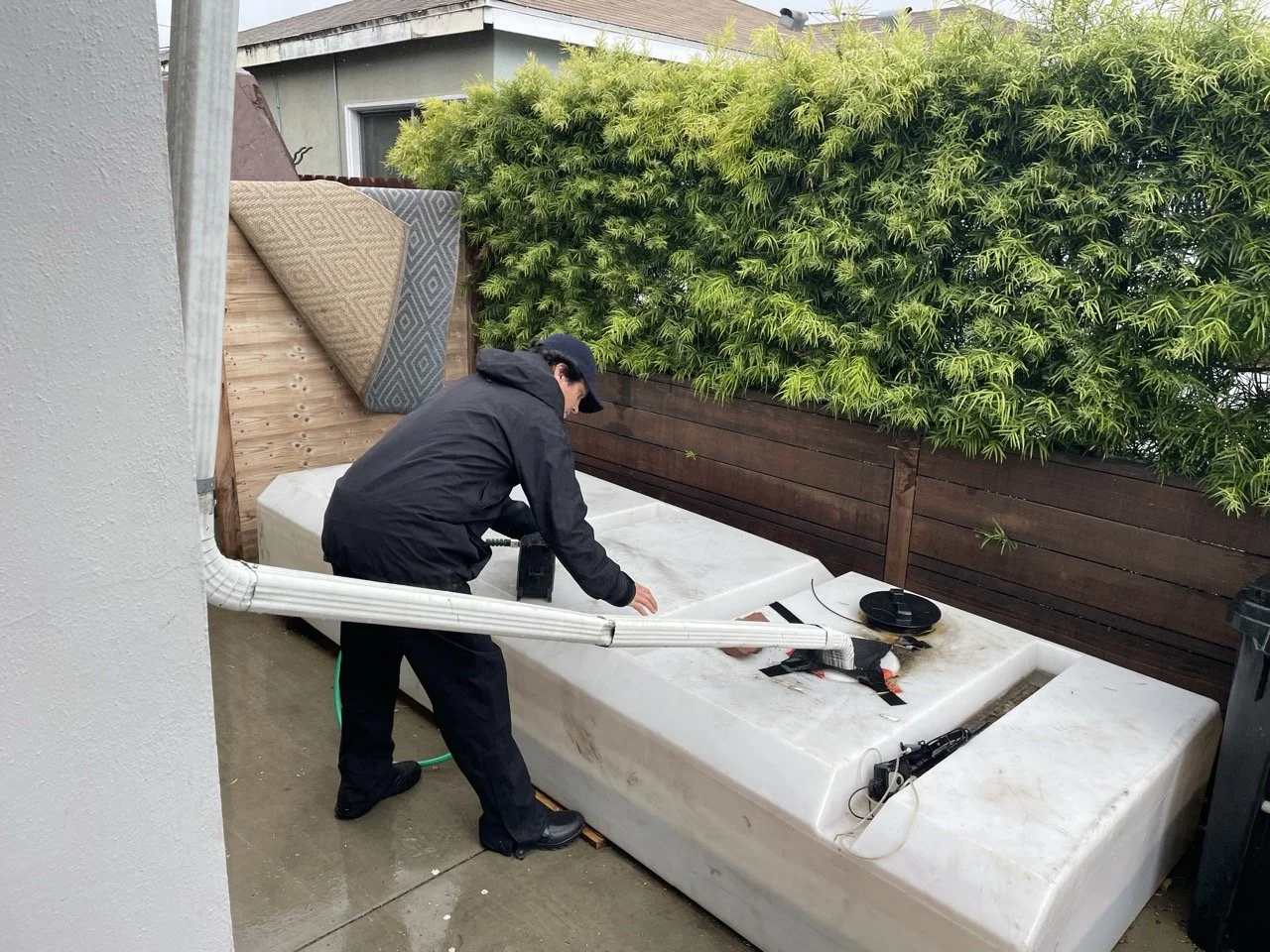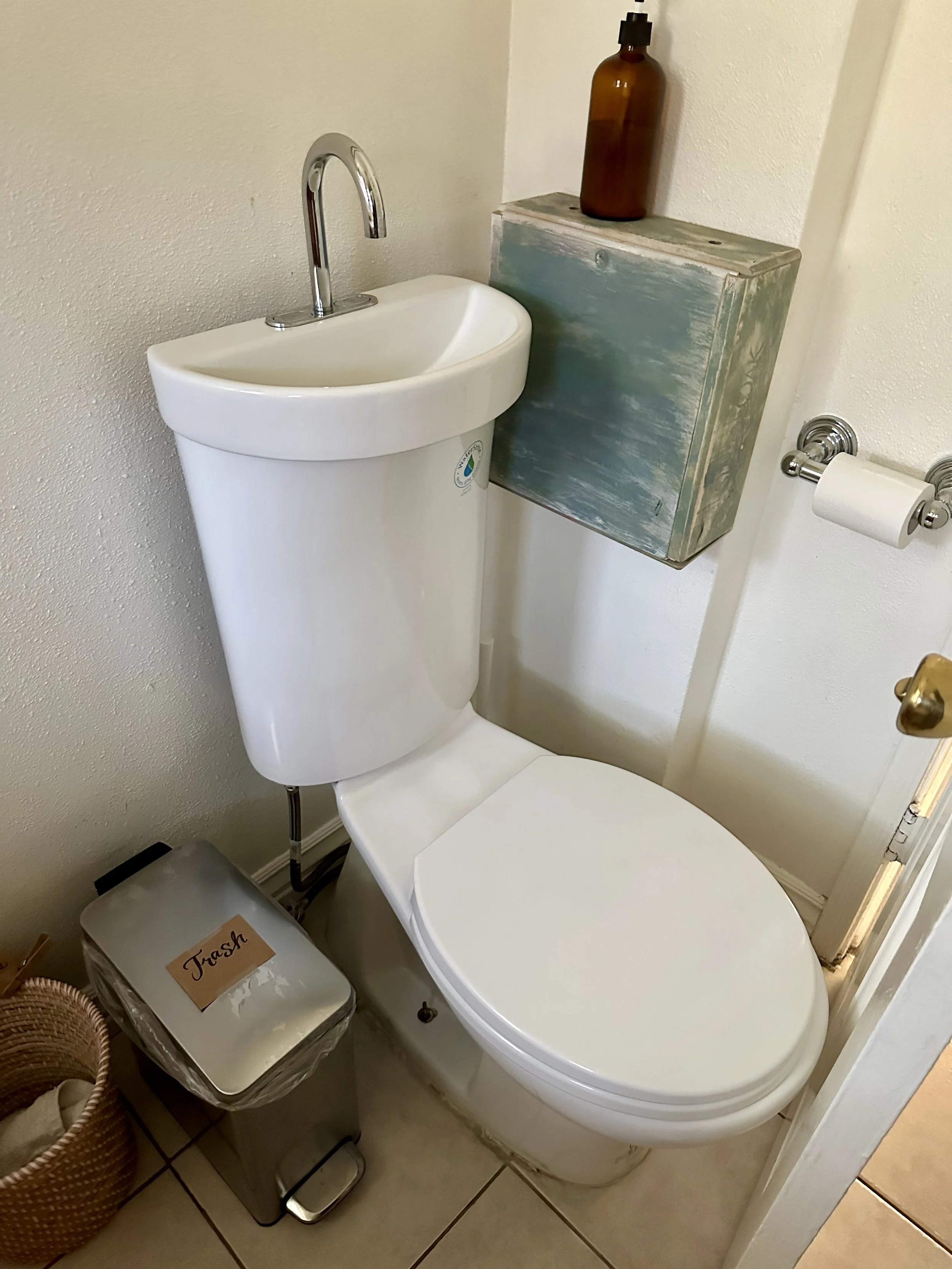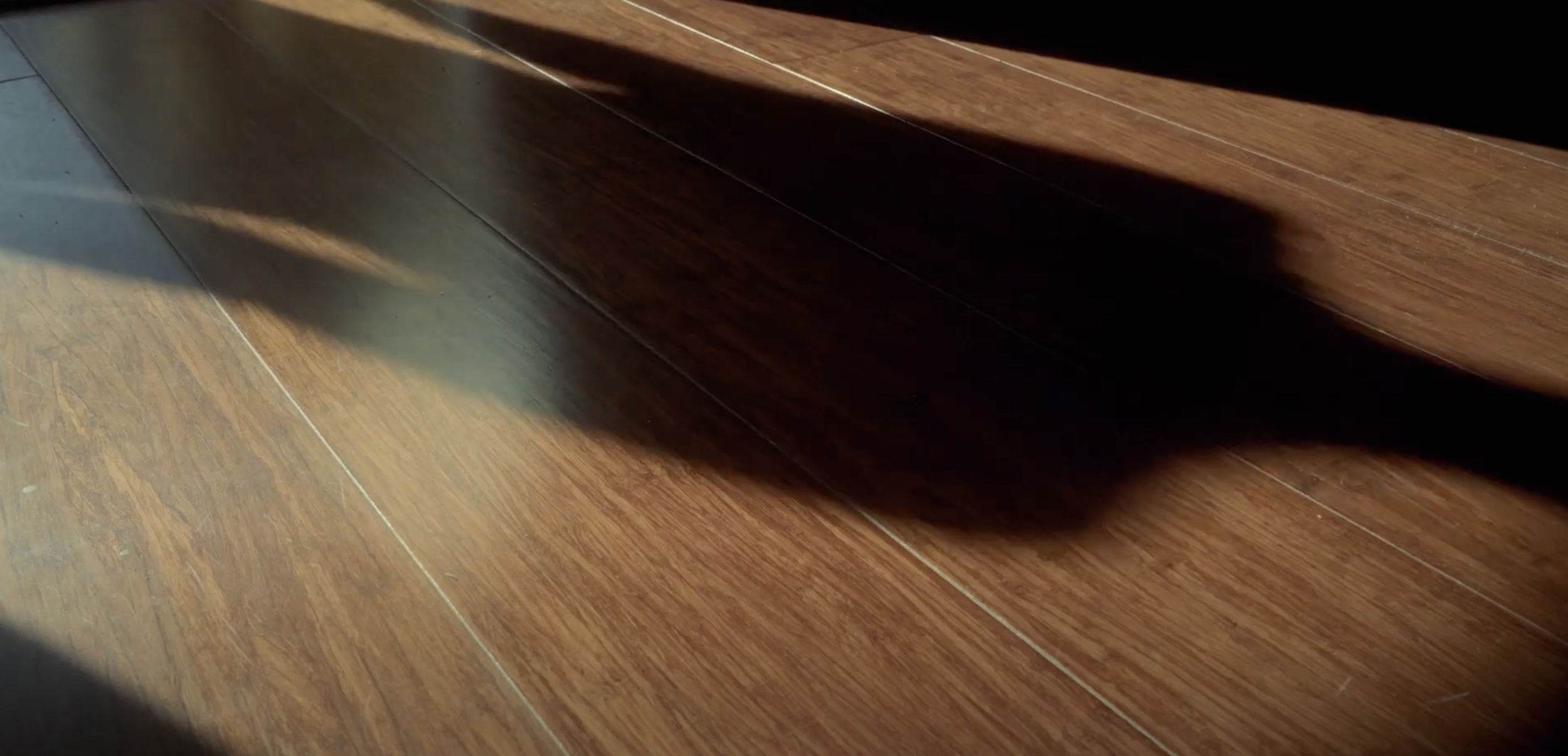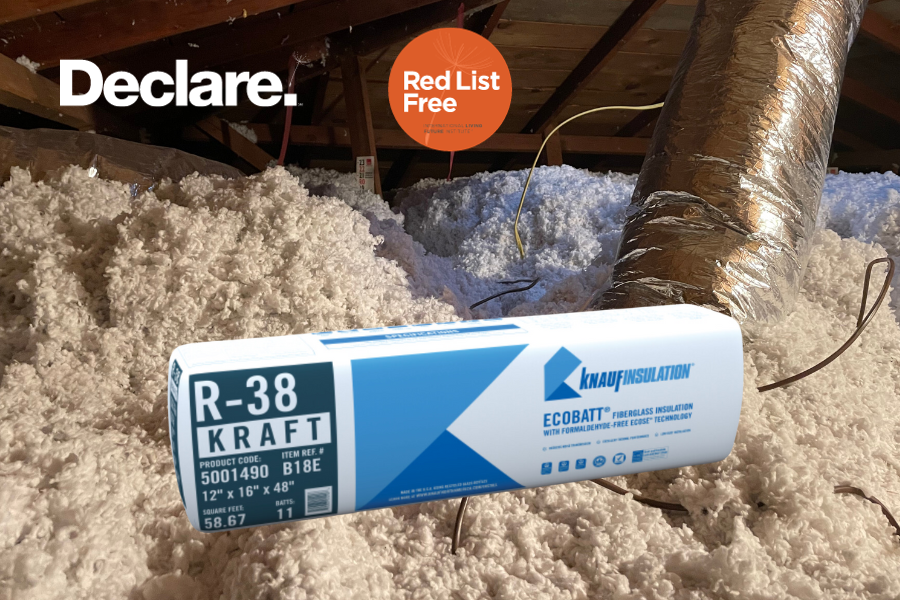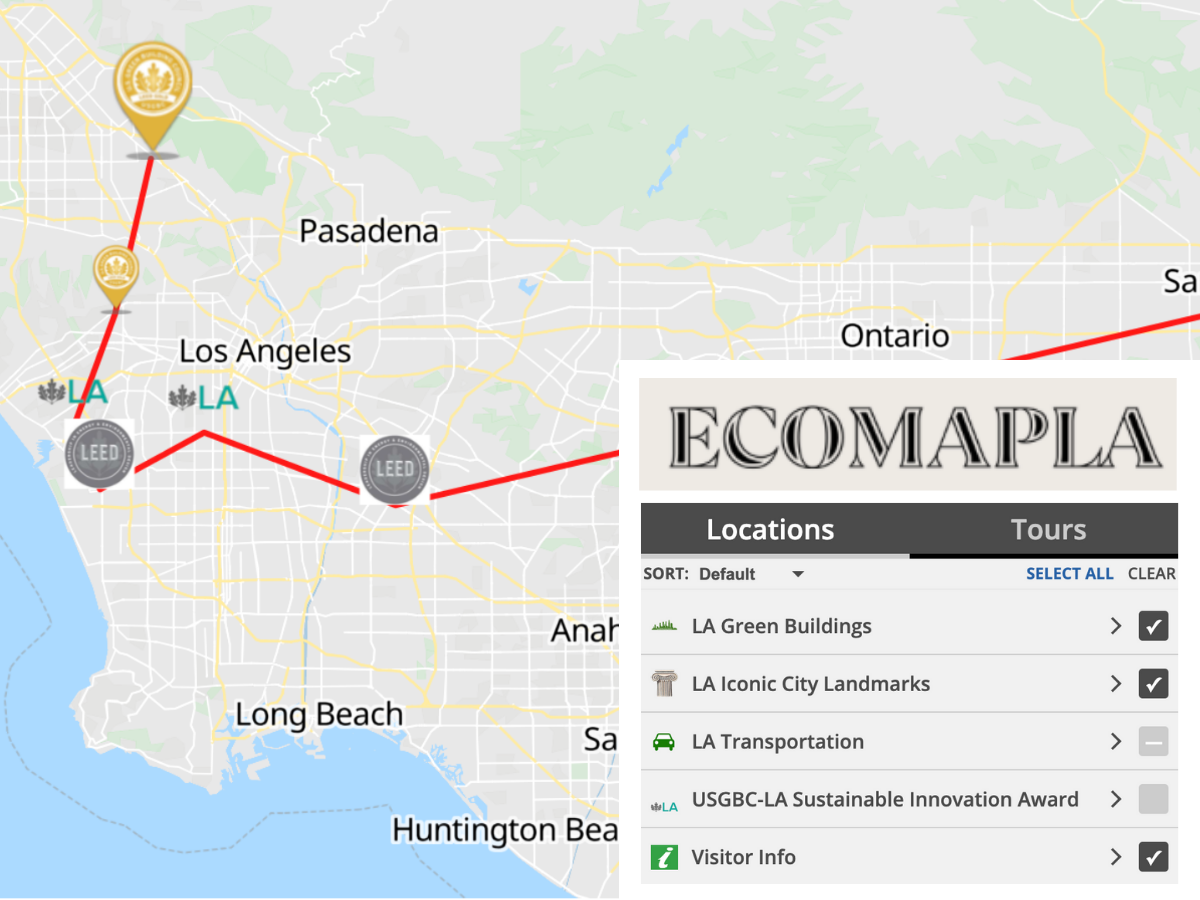
Campbell Collective • Living Building Challenge • Zero Energy Certification • Los Angeles, California
Welcome to the Campbell Collective!
The Living Building Challenge by the International Living Future Institute is the most rigorous building certification in the world.
It is organized into 7 performance areas called Petals: Place, Water, Energy, Health & Happiness, Materials, Equity, and Beauty.
GAIA pursued the Living Building Challenge on a 948-square-foot residential property located in Del Rey, Los Angeles, California and owned by GAIA’s Founder, Ryan McEvoy.
The 2-bedroom 1-bath house, originally built in 1947, has been transformed into a self-sufficient home with renewable energy, circular water systems, an urban farm, and no gas power lines.
After a one-year-long documentation period, the project achieved Zero-Energy Certification and 3 petals for Place, Health + Happiness, and Beauty.
Award-Winning
Campbell Collective received Project of the Year and Honor for Water at USGBC-LA’s 2022 Sustainable Innovation Awards.
Regenerative Retrofit
Buildings are part of a living ecosystem, connecting occupants to light, air, food, nature, and community. The concept of a living building refers to structures that are self-sufficient, operating within the resource constraints of their site, and positively influencing the human and natural systems they interact with.
Integrating permaculture principles into the site’s design further regenerates the ecosystem to conserve resources and build soil health for growing nutrient-dense food.
Solar
A 7.7 kW photovoltaic (PV) system was installed on the house and garage to provide renewable energy. Here’s what it means for homeowners:
Generating your own electricity translates to savings on electricity bills. Being energy independent is beneficial for areas with frequent power outages or high electricity prices.
In sunny areas like Los Angeles, it might even generate more electricity than is used, allowing owners to sell excess power back to the grid where net metering is available (that’s what this home does!)
Solar power reduces reliance on fossil fuels meaning less carbon dioxide and other harmful emissions released into the atmosphere.
Homes with solar panel installations often see an increase in property value; buyers are increasingly looking for homes with sustainable, cost-saving features.
While the upfront cost of a solar system can be significant, the long-term savings on electricity bills can be substantial.
Modern solar systems often come with monitoring technology that allows homeowners to track energy production and usage in real-time. Regular maintenance is relatively minimal, usually involving keeping the panels clean and ensuring they are not shaded.
Water from Air
Have you heard of atmospheric water generators (AWGs)? These innovative machines transform atmospheric humidity into drinkable water through a combination of dehumidification and advanced filtration processes. The AWGs can produce 100 liters per day with at least 60% of humidity – which is great for emergencies. Los Angeles’ average humidity is 80%. The machines can also be powered by solar. Learn more about AWGs →
AWGs serve a dual purpose. They also act as purifiers for collected rainwater before it’s used in the laundry machine. The homemade Laundry-to-Landscape system passively moves greywater to irrigate fruit trees and garden beds.
Additionally, a duct was fastened to the heat pump water heater so when it releases cool air, it provides free air conditioning to the bedroom.
Front Yard Orchard
Mature fruit trees greet people from the street, offering passersby seasonal mandarin oranges, tangelos, kumquats, Australian finger limes, figs, and rosemary.
The 500-gallon cistern in this photo was installed under the front deck.
Recycling Rain
Whether you live in a drought-stricken region or not, capturing free water when it rains is a no-brainer.
Campbell Collective has over dozen tanks and cisterns in various sizes and shapes. When it rains, water trickles from the roof through gutters and into the storage unit. Some sit against walls of of the house, while others are hidden from sight behind wood panels and even underground.
During the performance year (2020-2021), Los Angeles received only 5 inches of rain! And yet, 31,000 gallons of water were captured on site!
How? During rain events, the project team would pump water from the street and use a hose to feed the many trees while the tanks stored rain from roofs, maximizing every drop available on the property.
Carbon Sequestration
While the trees and garden beds offer food, shade, and aesthetic appeal, they are also crucial in maintaining carbon balance. This is achieved through carbon sequestration, a natural process where plants draw carbon from the atmosphere and store it in the ground. This not only enhances soil health and nurtures microorganisms – which then provide nutrients to the plants – but also improves the soil's capacity to retain and supply water to plants.
Composting
Organic waste, such as leaves and food scraps, are converted into nutrients for plants. This process is not only key for creating a thriving ecosystem, but also diverts waste from landfills, avoiding the associated greenhouse gas emissions and air pollution from landfill systems.
Nutrient Cycles
While the chickens have their coop for safety and nighttime, during the day, they love to roam, eat, and dig. Chicken manure is a great fertilizer, providing nutrients to plants.
Beekeeping
30% of all food we eat relies on bees to pollinate the plants. After bees were introduced to the project, fruit trees increased in yield, resulting in abundant guava and pomegranates, doubling the harvests compared to the previous season.
Conservation
The home has many unique energy and water-saving features.
In the bathroom you’ll find:
Sink-over-toilet which reuses water for an ultra-low-flow flush.
Shower head by Nebia, which flows at 1.5 gallons per minute (GPM), saving up to 40% of water compared to traditional 2.5 GPM shower heads.
The all-electric kitchen boasts unique sustainability features too:
Pedal-controlled kitchen sink which reduces flow and consumption.
The fridge by Blomberg is made of 80% recycled materials and contains a blue light, extending the life of food.
The heating/cooling setup includes:
Fujitsu heat pump is controlled by an Ecobee smart thermostat, which collaborates with the utility provider to manage energy use during peak demand. This system helps prevent community power outages by adjusting usage, and promoting efficient energy consumption and grid stability.
Laundry dryer is a heat pump water heater: hot dry air goes in, wet air goes out and reused for irrigation (keeps heat cycling inside the machine)
Upcycled Materials
Using salvaged materials is a component of the Living Building Challenge. By diverting usable materials away from landfills, we avoid contributing to toxic greenhouse gases in the atmosphere.
The transformation of turning one man’s trash into another’s treasure is called upcycling – which is creative and fun! Many things on the property had a previous life.
Boat to edible garden bed in the front orchard
Wind sails to canopy in the back lounge
Fishing nets to fencing for the banana trees
Bicycles to wall art
Lumbar to tables and desks indoors
Discarded kitchen granite slab to greywater system cover
Bamboo Flooring
Bamboo flooring was chosen for its low impact. As a renewable grass, it self-regenerates and does not need replanting after a harvest. Bamboo also does not require pesticides or fertilizers, and is biodegradable at the end of its life – although can easily be upcycled for different uses. Bamboo reaches maturity quickly, in only 5 years compared to hardwood trees which take 20-30 years.
Red-List Free Products
Red-list free insulation was installed in the attic. The Red List is a compilation of chemicals and materials that are known to be harmful to humans and the environment. Red-list free products have been verified to not be:
Carcinogenic: Known to cause cancer.
Persistent in the Environment: Do not break down and thus accumulate in the environment.
Toxic: Harmful to human health or ecosystems.
Bio-accumulative: Build up in the bodies of humans and other organisms.
Endocrine Disrupting: Interfere with hormone systems.
EcoMap LA
You can find Campbell Collective on USGBC-LA’s interactive EcoMapLA, “your go-to resource for all things sustainable in Los Angeles.”
Sustainability Features Map
A few things have changed since this photo was taken notably a gorgeous rain-powered creek was installed in the back farm area indicated on the map. A video will be posted soon!
Project Team
Ryan McEvoy: Property owner and project manager with the vision to lead a team through the world’s most rigorous sustainable building standard.
Alejandro Manilla: Earned Living Future Accreditation to apply deep knowledge from ideation through certification.
Pablo Millberg: Permaculture specialist and systems manager including greywater, rain storage, atmospheric water generators, compost toilets, and solar batteries.
Grant Waldron, Jennifer Lo, and David Turkes: Sustainability and wellness consultants managing the certification process for each petal including material/product procurement, site installations, maintenance, and documentation.


